Top Six New Archaeological Discoveries in China 2018 Announced
The eye-catching annual “New Archaeological Discoveries in China” Archaeology Forum sponsored by the Chinese Academy of Social Sciences (CASS) and organized by the Institute of Archaeology of CASS and Archaeology Press was held in Beijing on January 10th, 2019. Professor Chen Xingcan, head of the Institute of Archaeology CASS announced the six selected important archaeological discoveries in 2018, they are:
The Qingtang cave site in Yingde, Guangdong
The Neolithic Chenghe site in Shayang, Hubei
The Neolithic Lushanmao site in Yan’an, Shaanxi
The Liujiawa cemetery of the Eastern Zhou period in Chengcheng, Shaanxi
The Chengba site in Quxian, Sichuan
The Taizicheng City Site in Zhangjiakou, Hebei
Besides, the excavation of the 8N-11 elite compound in Copan Honduras is selected as the representatives of overseas projects.
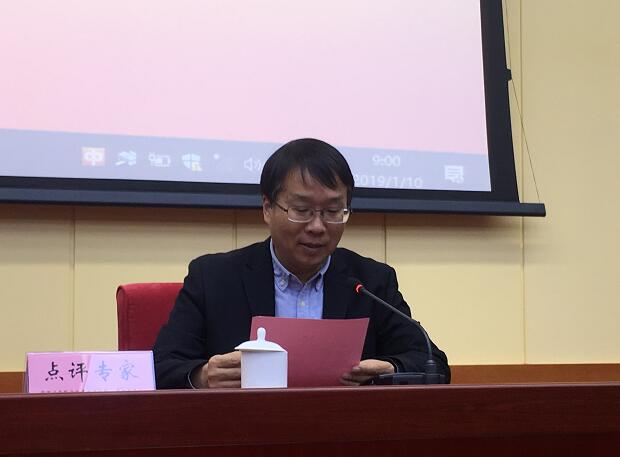
Professor Chen Xingcan, head of the Institute of Archaeology CASS announced the six archaeological findings named as China's new discoveries in 2018
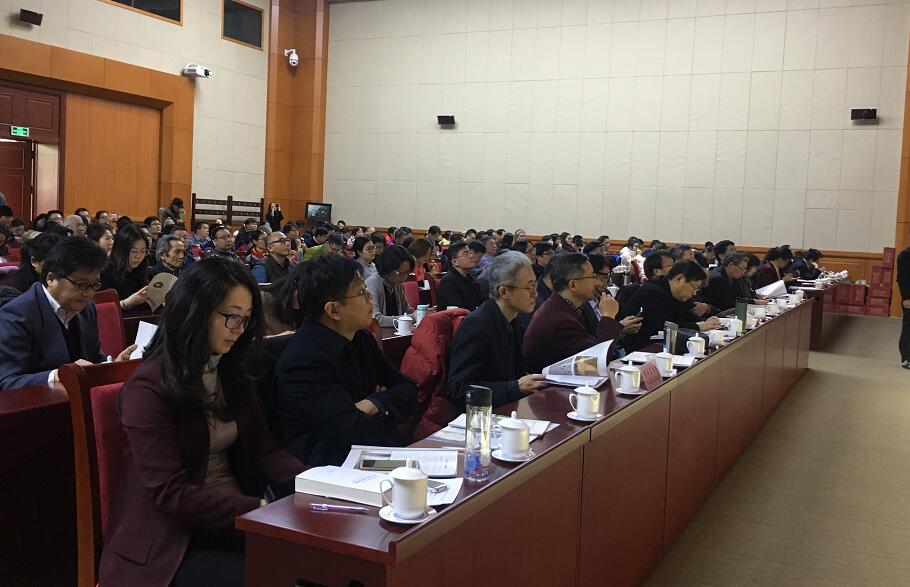
The Forum“2018 New Archaeological Discoveries in China” was hled in Beijing, capital of China, Jan. 10, 2019.

The Forum“2018 New Archaeological Discoveries in China” was hled in Beijing, capital of China, Jan. 10, 2019.
Qingtang cave site in Yingde, Guangdong province
The Archaeological Forum started in 2002 provides a platform for sharing information on the latest archaeological discoveries and academic research. It also promotes academic exchange and encourages the development of the archaeology in China.
More Details: http://kaogu.cssn.cn/ywb/news/new_discoveries_1/201812/t20181225_4799766.shtml
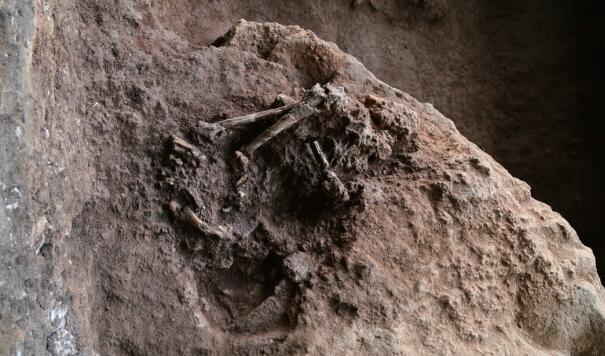
Squatting burial
Neolithic Chenghe site in Shayang, Hubei province
The cemetery to the north of the site is by present the largest and most well preserved one of the Qujianling culture. The trunk coffin and one shaft - two or three chambers structure are funeral custom in this area. Besides, excavations of the surrounding wall, the channel system, large buildings and ritual area provide a comprehensive understanding of the walled settlement.
More Details: http://kaogu.cssn.cn/ywb/news/new_discoveries_1/201901/t20190104_4806715.shtml
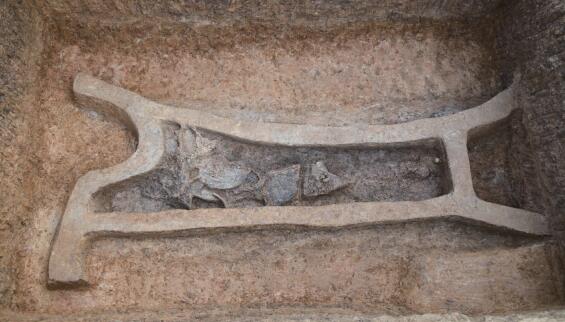
Distorted coffin
Liujiawa cemetery of the Eastern Zhou period in Chengcheng, Shaanxi province
The cemetery and settlement of the Rui State of the Western Zhou and Spring and Autumn period are important for the research of the history of this small but important state. Gold stick head, bronze fu vessel, iron spear, gold ear-ring and bracelet show the influence from the steppe area.
More Details:http://kaogu.cssn.cn/ywb/news/new_discoveries_1/201901/t20190103_4806056.shtml
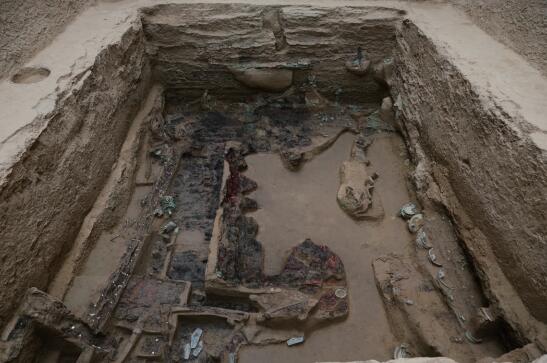
Inner coffin of tomb M2
Neolithic Lushanmao site in Yan’an, Shaanxi province
Four large rammed earth platforms were found at the site, on the top which there were compounds of buildings of different size. Some archaeologists suggest that plan of the buildings might have influenced the earliest palace and ancestor temple in later period. Besides, a large number of fine jade were exposed.
More Details:http://kaogu.cssn.cn/ywb/news/new_discoveries_1/201812/t20181218_4795385.shtml

Three courtyards on Dayingpanliang platform
Chengba site in Quxian, Sichuan province
The site is by present the earliest and biggest city site in eastern Sichuan. It consists of the walled area, the port area, the residential area, kilns, a cemetery and wells. More than 1000 artifacts had been unearthed, dating from late Warring States to the Wei and Jin Dynasties.
More Details:http://kaogu.cssn.cn/ywb/news/new_discoveries_1/201901/t20190102_4805294.shtml

Distribution map of its building
Taizicheng City in Zhangjiakou, Hebei province
The site might be the Taihe palace of the Jin Dynasty for the spring camping and hunting of the royal family.
More Details:http://kaogu.cssn.cn/ywb/news/new_discoveries_1/201901/t20190107_4807417.shtml
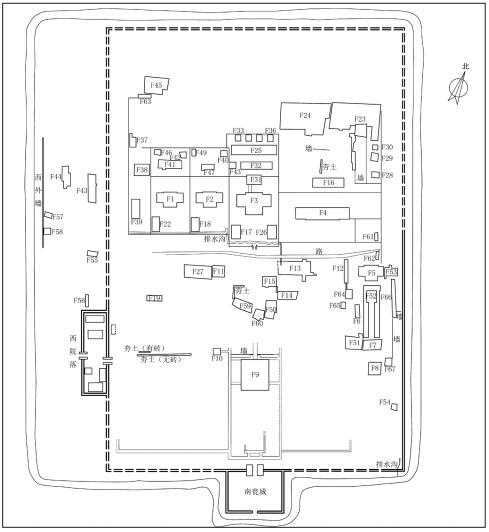
Distribution map of Taizicheng site
8N-11 elite compound at Copan, Honduras
8N-11 is a sub-royal elite residential compound in the densely settled Las Sepulturas about 850m from the Main Group of Copan. This is the first archaeological project of China in Mesoamerica. The buildings and tombs found during the 4 years excavations with fine jade and ceramic artifacts can draw a sketch of the development of this elite compound with the dramatic change happened in the Late Classic Copan kingdom as the background.
More Details
http://kaogu.cssn.cn/ywb/international_exchange/co_operation_projects/201901/t20190110_4809323.shtml
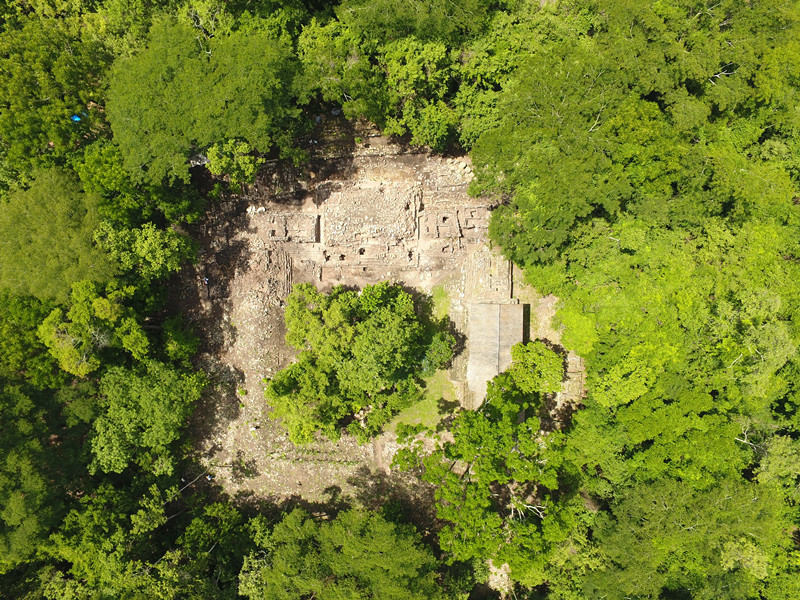
Airview of 8N-11
The Archaeological Forum started in 2002 provides a platform for sharing information on the latest archaeological discoveries and academic research. It also promotes academic exchange and encourages the development of the archaeology in China.
Dr. Hong Shi, head of the Archaeology Press, presided the forum. More than 300 audiences including archaeologists, scholars and graduate students from different institutions, museums and universities and journalists from different media joined the event.
(Photo: Archaeology Press IA CASS)

